To start with I think I’d better qualify what I’m talking about here, as I’m not suggesting casting into the middle of huge, dense weed beds with little prospect of a successful conclusion. The areas that I like to fish are depressions in the weed, sparse parts of the weed beds, shorter weed or, indeed, any weedy area that I expect to be able to extract fish from. I might fish up to a weed bed from a swim opposite or cast nearer the edges. If I prepare properly, and fish sensibly with appropriate tackle, then I can bank what I hook, but please, if you feel uncertain of landing a fish from where you cast, don’t fish there.
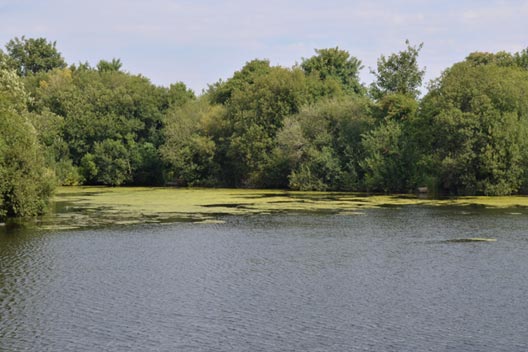
OK, now that’s out of the way I can move onto telling you the reason that I love fishing in weed. It is because, for much of the time this is where the carp are to be found. On weedy waters how often do you see fish holed up in areas that have little or no cover? Rarely, and it’s far more commonplace to find them enjoying the sanctuary of a bed of Canadian pondweed, milfoil or potamogeton. After investigating an area or spot after witnessing fish show, I regularly used to be disappointed that the lead didn’t hit bottom with the expected satisfying “donk”. Frankly, it should have been no surprise that, for the most part, these shows were over weedy areas as, from the carp’s perspective there is just so much going for areas of the lake that are full of vegetation. Freshwater shrimps, several species of water snail, mussels and other natural food abound in the green stuff. In addition, the fish are afforded both safety and security and weed emits oxygen, well during daylight at least.
Weedy waters tend to be quieter angler wise than clear ones. Probably owing to the fact that a lot of anglers, lacking the experience to cope with weed, choose to pursue their fish on other venues once the weed is up. Generally speaking, weedier lakes are richer than their barren counterparts, and the richer the lake is the greater the potential for fish growth. In a nutshell carp tend to be bigger in weedy waters.
As with any aspect of angling there are problems or hurdles to negotiate, not least of which is the question of presentation. That said, by utilising a running chod or some form of PVA bag presentation this issue is rarely insurmountable. In fact, to a certain extent, you can often get away with something less than perfect, certainly more so than on the polished clean areas. The main thing is that the hook bait needs to be accessible, and I focus more on that than making it look subtle.
Weed seems to be like that, in that it helps to overcome many of the issues it creates. For instance, it often takes several casts just to get a lead to touch down, but I’ve found that, owing to the feeling of security that carp have in these areas, water disturbance matters to a lesser extent. Not only are they less likely to spook when repeatedly cast at, but they don’t seem to go far when they do. Merely burying themselves in the weed until things quieten down. I’ll often make multiple casts with a rake to improve line lay, the chance of landing what I hook or create better presentation and it’s not rare for fish to be seen investigating the raked area shortly afterwards. The weed itself disguises even the thick, strong line required to successfully extract big carp from it. I tend to get far more liners when weed fishing, as the fish are expecting to brush up against things in these areas and aren’t readily spooked by it.
There are a few things that, for me, have assisted in bringing carp to the bank in these circumstances. Both tight clutches and small leads encourage the fish, once hooked, to rise to the surface out of harm’s way. It’s generally safer to fish as close in as possible and I opt for as light a lead as I can get the range with. An ounce and a half lead is usually sufficient, with just an ounce covering a lot of situations.
Lead shape plays an important part too. Dumpy, compact leads are more prone to getting caught in the fronds than my preferred more streamlined, distance shape and make more noise as they impact the surface. Using them in conjunction with some form of lead ejection system, be it a C-Clip, weak link, or helicopter release set up, increases the odds in your favour. My chod set up utilises a weak link of 7lb Power Gum, and by using an aerodynamic shaped lead, I lose very few leads.
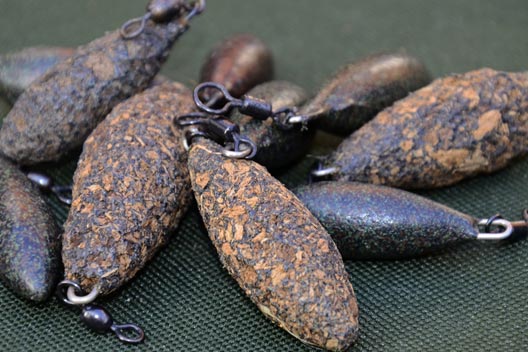
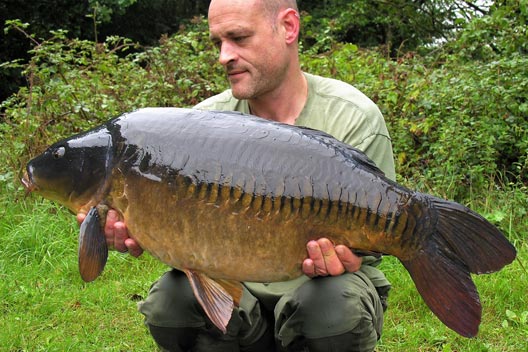
Having the rod tips elevated goes some way towards keeping the line out of the weed when the line tightens on a take, as it is not pulled down into it, giving me direct contact with the carp. I’ve never found it beneficial to use too much brute force once a fish has gone solid and patience will usually pay off.
At the start of the fight I am prepared to clamp down to stop a fish getting into trouble in the first place. The key is to keep them moving without letting them build up an initial head of steam. However, once one has become embedded, pulling as hard as you can isn’t likely to end well. A lost fish, a tethered one or a damaged mouth are what you’re gambling and none of us want any of those results. Keeping heavy, but not excessive, pressure on the fish for as long as I can sometimes gets things moving but failing that a complete change of tack is in order.
Slackening right off is surprisingly successful at getting them moving again, although it can take some time. I’ll let line off until there is absolutely no tension in it and then leave it be. Picking the rod up and having another pull never seems to do anything to help the situation and is only going to put more strain on the hook hold. If I re-attach the bobbin and keep the buzzer switched on, I’ll know as soon as there is any movement. I don’t react to a small one, even though it is sorely tempting, as I have had more joy by letting them take a rod length before recommencing battle. After that it’s either a trip afloat, if permitted, or a call to a bailiff for assistance, although the technique described makes this necessary on only the rarest of occasions.
I use powerful 3½lb TC rods that have a forgiving nature allowing me to lean into fish along with a minimum of 0.40mm (15 or 18lb) mono. The strongest of hooks and robust hooklink materials are absolutely necessary. The BCR Rigga hooks that I’ve utilised since they were released have really done me proud in heavily weeded scenarios. The wire gauge has been specifically chosen to cope with big carp in tough situations whilst the large eye allows me to take advantage of the thickest available version of any particular hook link. This gives me extra confidence, and most importantly additional resistance against the abrasion experienced in some species of weed. 25lb Stiff-Link will pass through the eye of a size 5 BCR three times with ease and my coated braid, Ultra Skin will be the strongest 35lb variant. It is essential, when giving it the butt to prevent a fish finding sanctuary in the thickest weed, that you have the utmost trust in your end tackle.
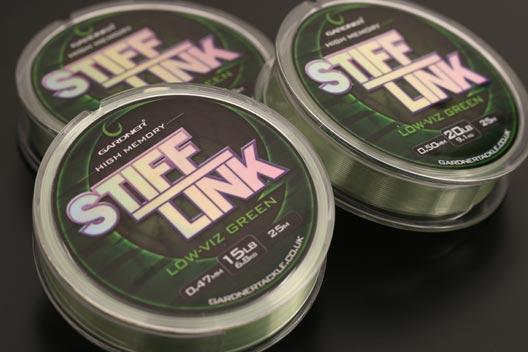
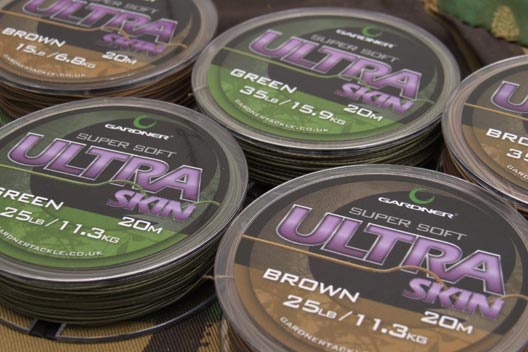
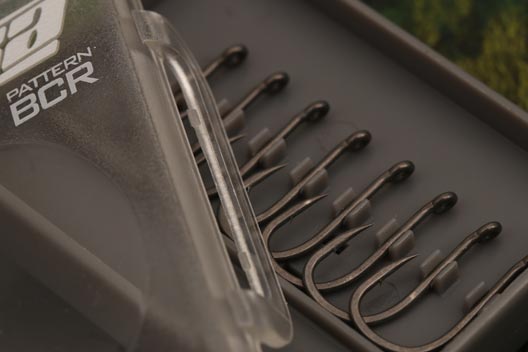
I’m at home fishing in a jungle. Most of the venues I have fished over the last ten years have been weedy and I’ve become so used to coping with it that I feel at a disadvantage when faced with a clear lakebed on a weed less water. Of course, there are downsides to weed fishing and the learning curve is steep. However, learning to fish in it will bring many benefits. Fishing right in the weed is not for the faint hearted and I’d only advise it for anglers with some experience under their belts. For those that are up for the challenge though, I’m convinced that, as long as some thought is given to presentation and provided it is done safely, there are many more fish to be caught in the weed than from blatant clear areas; after all it’s where they live.



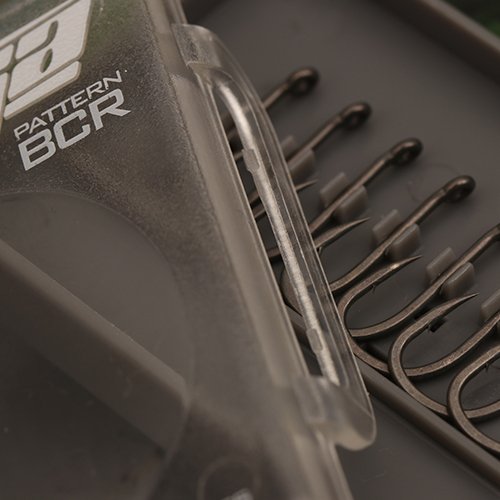
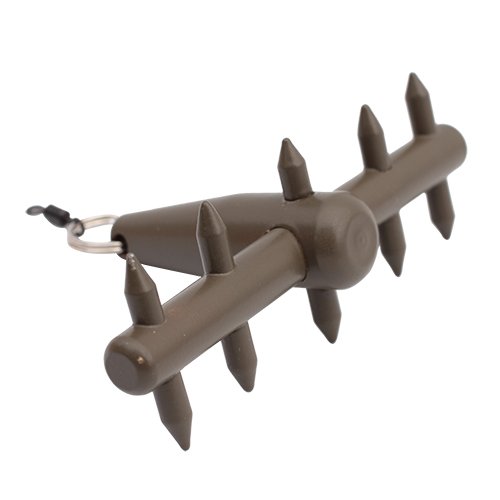
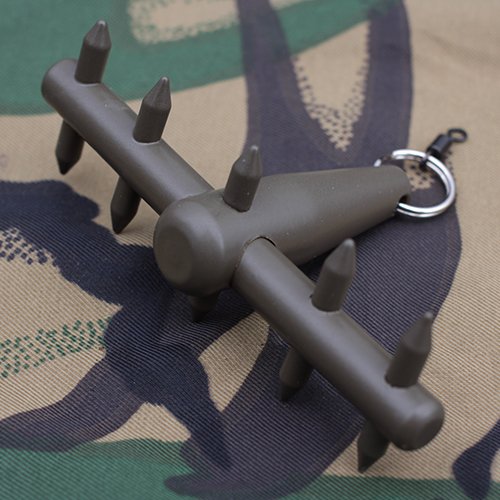
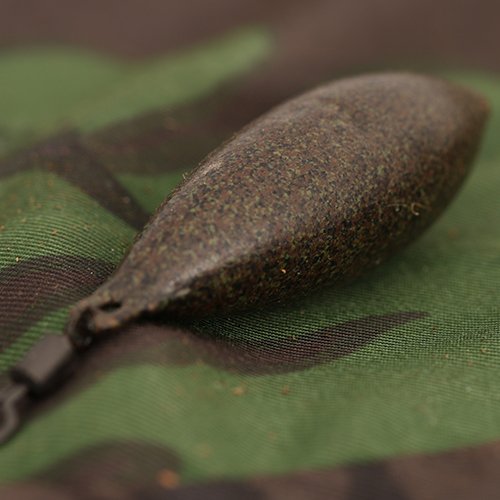

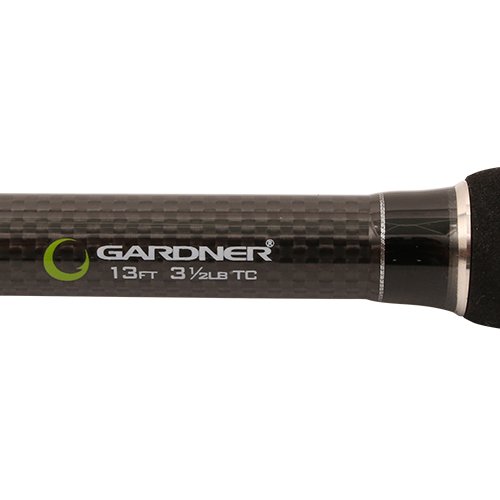

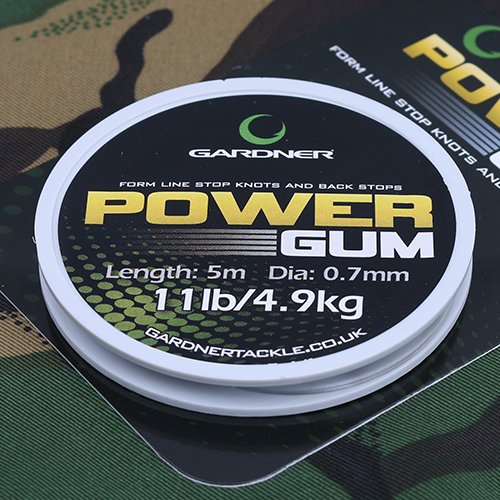

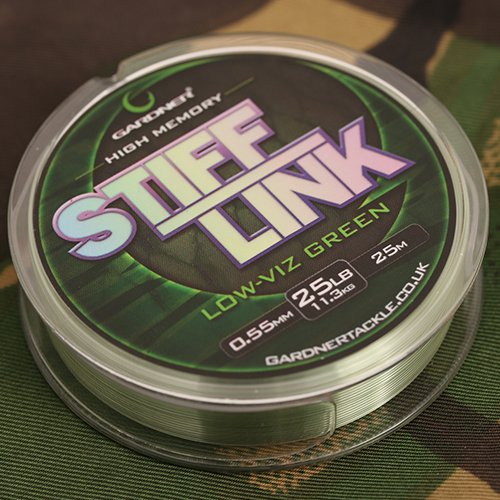
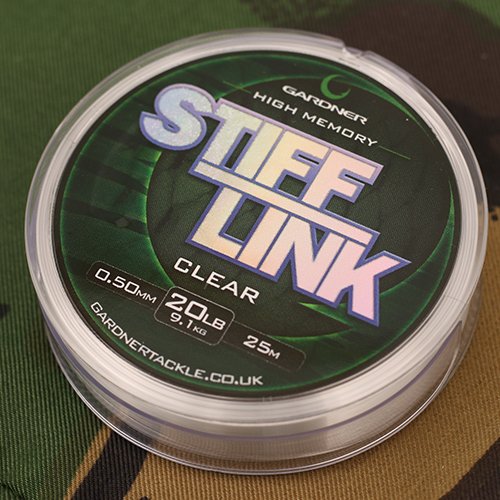
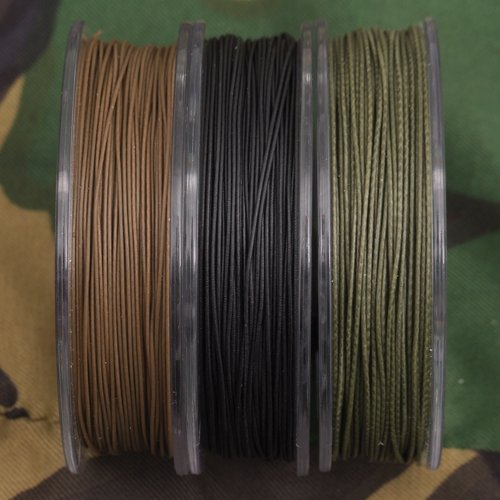

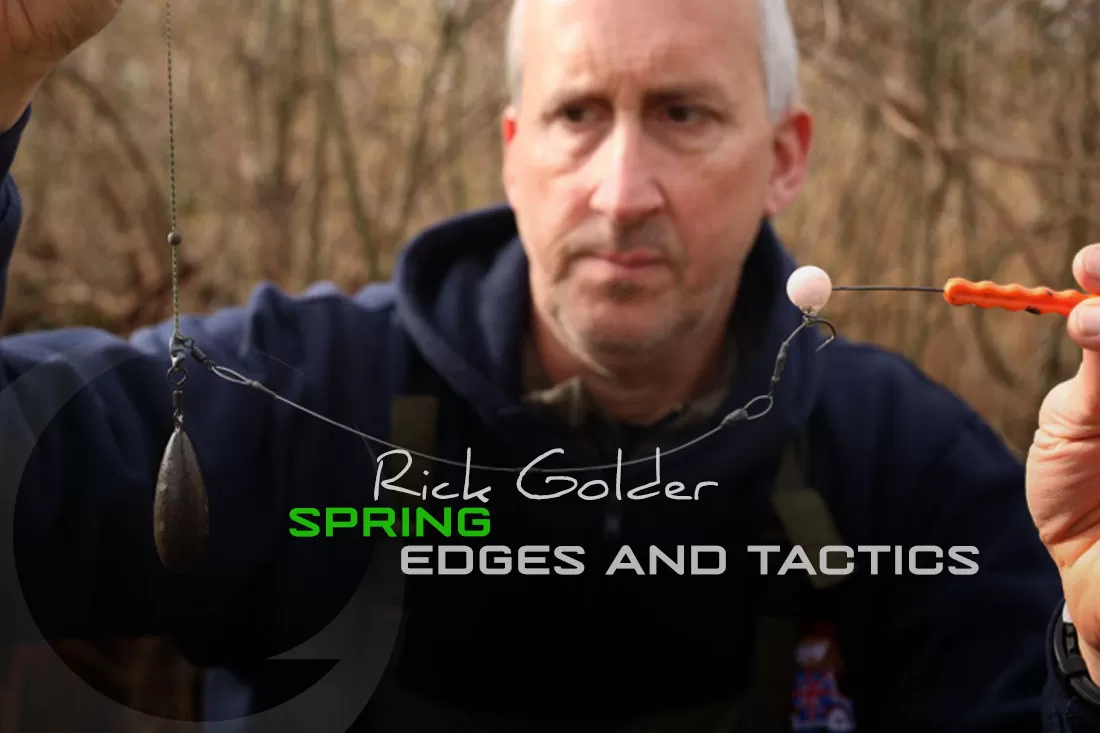
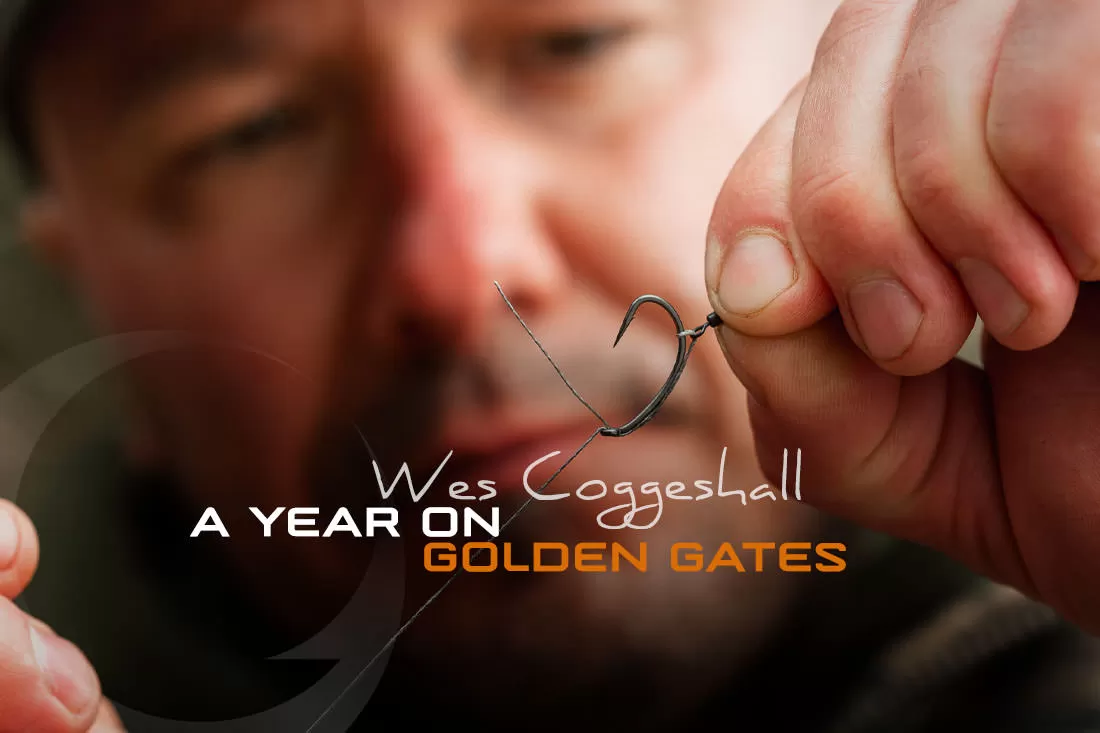
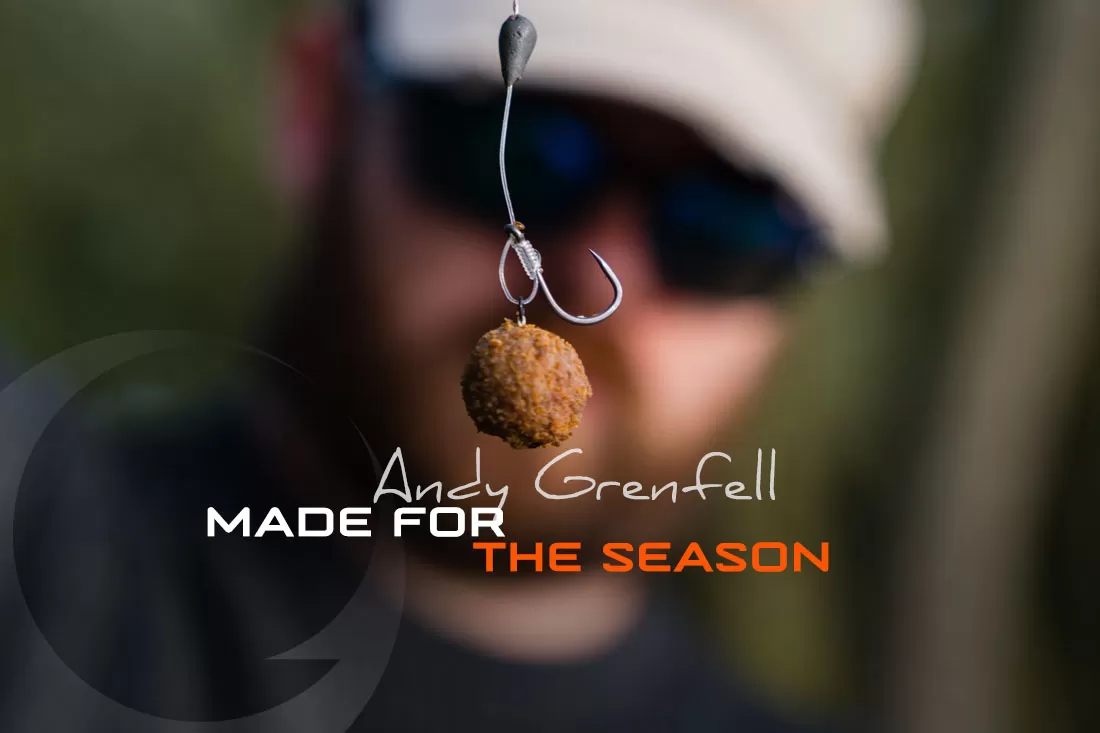
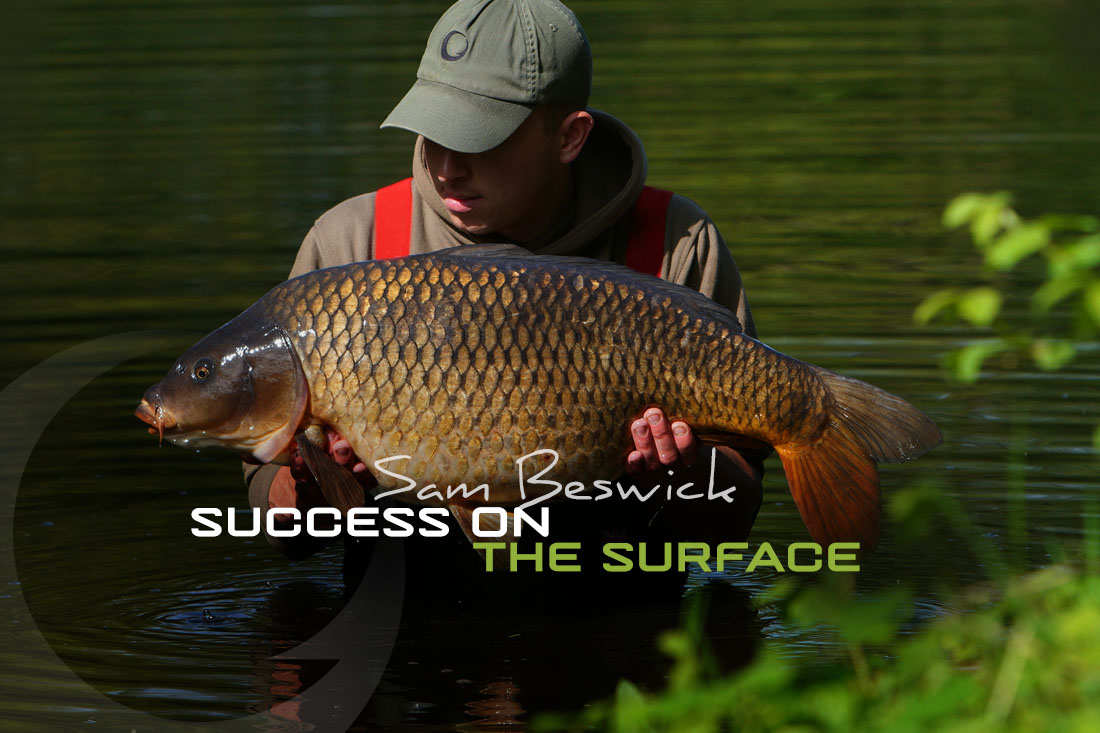
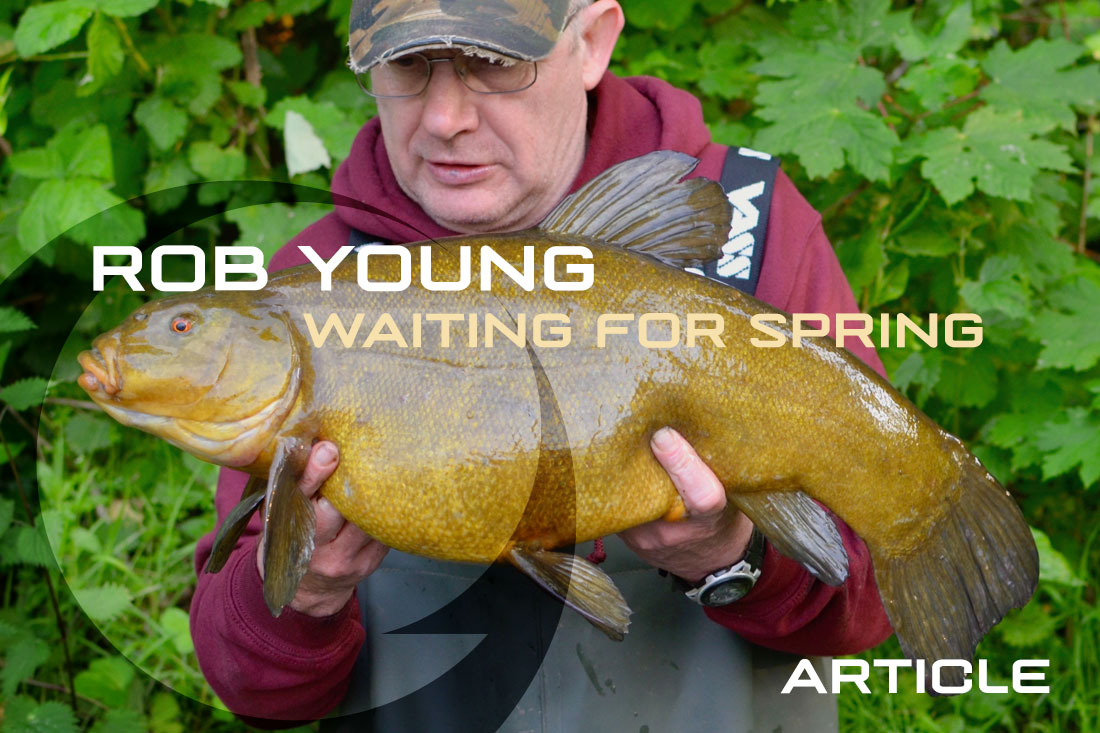
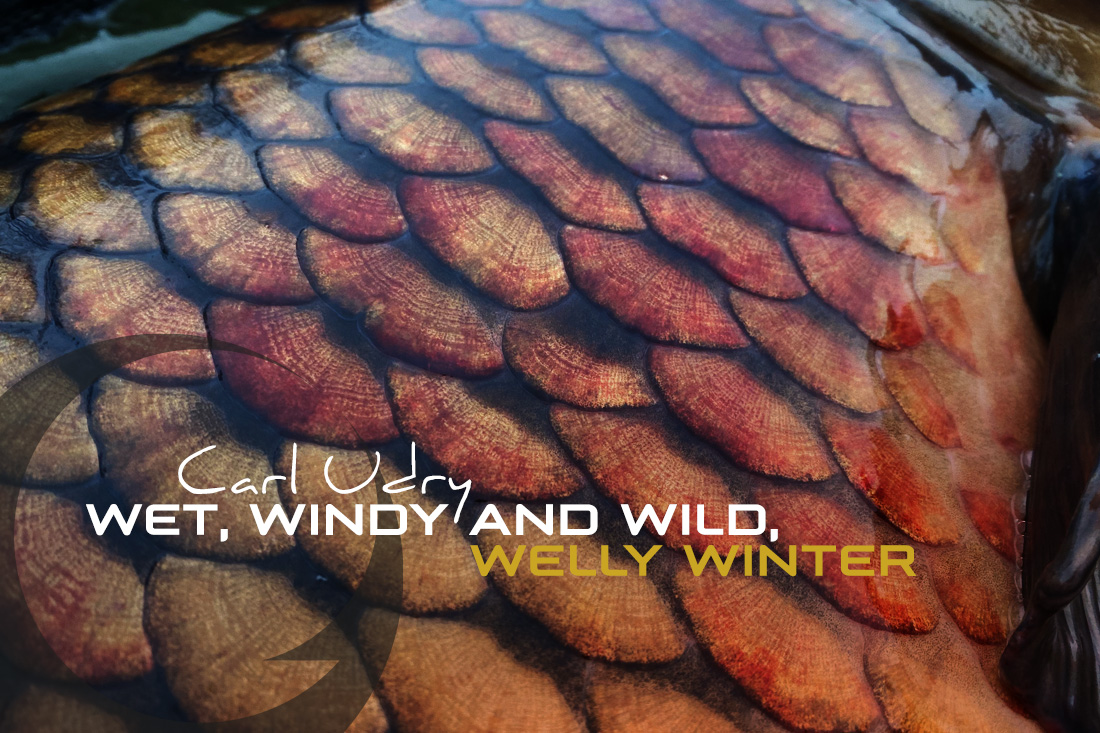
Leave A Comment